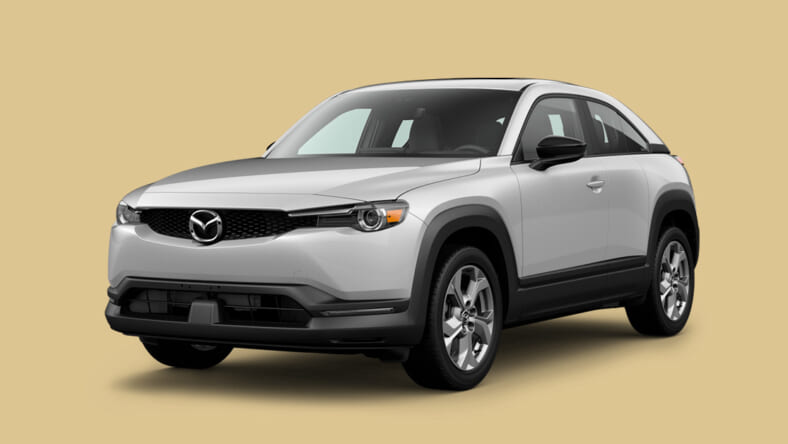Mazda Will Soon Release A Revised Mid-Term Plan And Updated Electric Vehicle Strategy
Amid a precarious transition to the EV era and the introduction of a new line of large crossover vehicles, Mazda […]

Amid a precarious transition to the EV era and the introduction of a new line of large crossover vehicles, Mazda Motor Corporation has announced that it will reveal an updated midterm plan in November, detailing the finer points of its EV strategy and outlining its goals for the period through 2030. It was anticipated that the Hiroshima-based automaker would reveal the change last spring.
The continued conflict in Ukraine, persistent epidemic lockdowns in China and continuous turbulence within the worldwide supply chain all threw a wrench into the plan. Rapidly changing regulatory frameworks, such as the new EV incentives included in the U.S. Inflation Reduction Act, contributed to the market’s unpredictability. The new strategy “took a long time since there has been so much change,” as one government official put it. We attempted to take into account all the shifts so that we could clearly see where we were headed.
On November 10th, Mazda will announce financial results for its second quarter of the fiscal year. By the end of the month, the company plans to unveil its updated marketing strategy.
Mazda has recently changed direction as it prepares to release a slew of new crossovers: the CX-70 and CX-90 in the United States and the CX-60 and CX-80 in Europe, Japan, and other regions.
The Japanese automaker is fast making up for production losses sustained earlier this year. It is shifting its focus to crossovers with greater profit margins destined for the vital U.S. market.
September saw a 43% increase in manufacturing worldwide, with exports to North America increasing by 63%. Increased shipments to North America reached 20,767 units in the same month, representing 40 percent of Japan’s total exports. In March, shipments from North America totaled 14,834, or only 31 percent of overall exports. The manager said, “Now we are replacing inventories, and performance is increasing.”
Although, Mazda still has a lot of ground to make up on Toyota. Total U.S. sales for the model dropped 21% to 215,391 through September, compared to a decline of about 13% for the market as a whole.
Mazda’s new advertising plan will likely raise EV expectations, but only slightly.
The Japanese automaker is fast making up for production losses sustained earlier this year. It is shifting its focus to crossovers with greater profit margins destined for the vital U.S. market.
September saw a 43% increase in manufacturing worldwide, with exports to North America increasing by 63%. Increased shipments to North America reached 20,767 units in the same month, representing 40 percent of Japan’s total exports. In March, shipments from North America totaled 14,834, or only 31 percent of overall exports. The manager said, “Now we are replacing inventories, and performance is increasing.”
Although, Mazda still has a lot of ground to make up on Toyota. Through September, the brand’s U.S. sales had dropped by 21% to a total of 215,391, compared to a -13.0% decline in the market.
In light of the new advertising campaign, Mazda is more likely than before to raise EV anticipation, but not by a huge margin.
The motor is unable to rotate the wheels in a straight line. In this case, it will serve as a generator to replenish the power source’s battery. Like a full-electric vehicle, the MX-30 will be propelled by an electric motor powered by a battery.
Once planned to coincide with Mazda’s 100th anniversary in 2020, the rotary’s comeback was delayed as engineers grappled with regulatory issues and worked to give the rotary some distinctive features, despite its generator function.
